Your cart is currently empty!
In the Shadow of the Rockies
Diary of the Castle Mountain Internment Camp, 1915–1917
In stock
Description
It is still a little-known fact that during the First World War and in the immediate postwar period (1914–1920), Canadian Internment Operations imprisoned more than 8,000 individuals. The majority of those interned were civilian non-combatants, Ukrainians and other immigrants who had come to Canada from the Austro-Hungarian Empire to work in industry or to settle on western homesteads. Twenty-four receiving stations and internment camps were established across Canada.
A camp at Banff/Castle Mountain operated between 1915 and 1917. More than 600 internees were put to work on various projects in Rocky Mountain Park (now Banff National Park), which was being developed at that time as Canada’s first national park. The diary of the Banff/Castle Mountain camp provides detailed insight into the practice of Canada’s internment policy during the First World War and reveals a unique episode in the human history of Canada’s national park system. Historical landmarks in Banff National Park such as the Bankhead Mine, the Tunnel Mountain Road and Trans-Canada Highway, the Spray River Bridge, and the Banff Springs golf course were constructed, rebuilt, or extended by “Austro-Hungarian” civilian non-combatants interned at Banff/Castle Mountain.
Additional information
| Weight | 1 kg |
|---|---|
| Dimensions | 25 × 35 × 1.5 cm |
| Author | |
| Format | Hardcover |
| Language | English |
| Year Published | 1991 |
Only logged in customers who have purchased this product may leave a review.
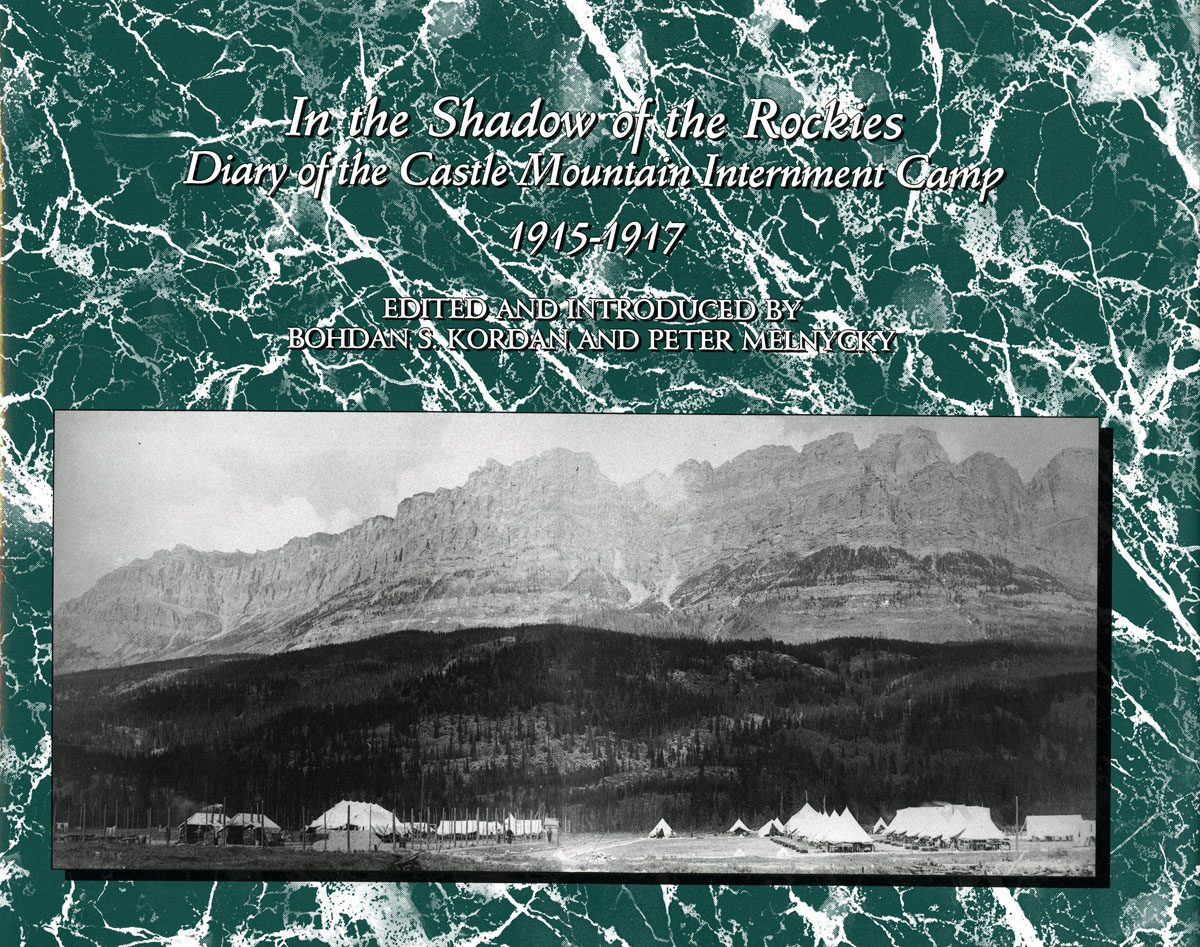


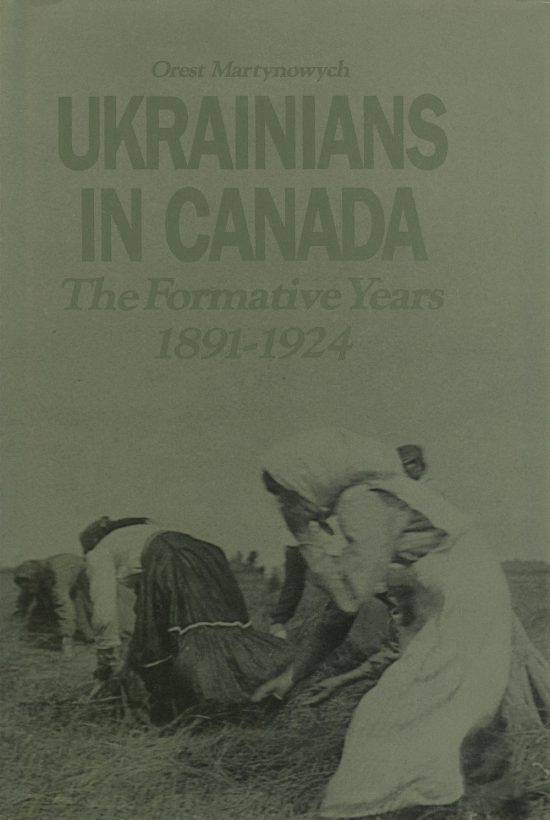
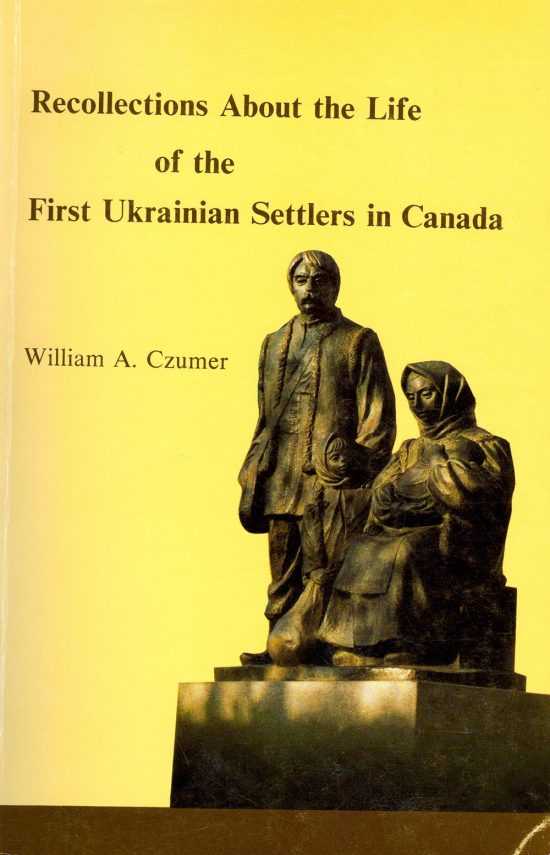
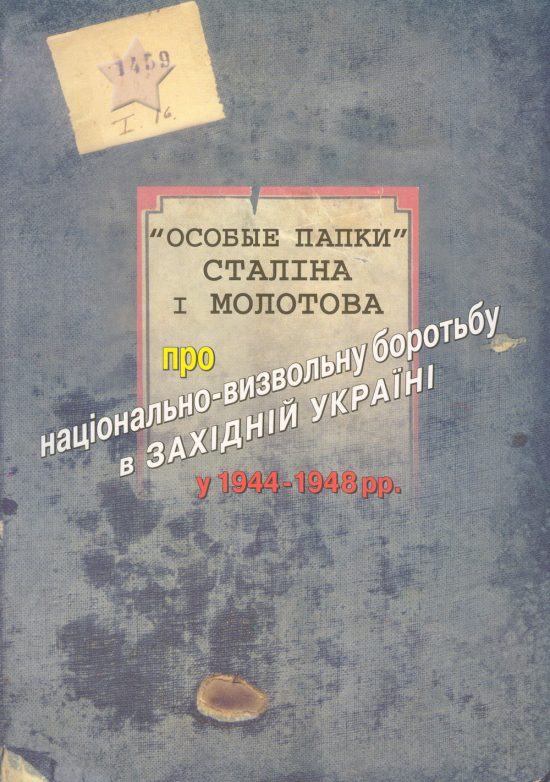
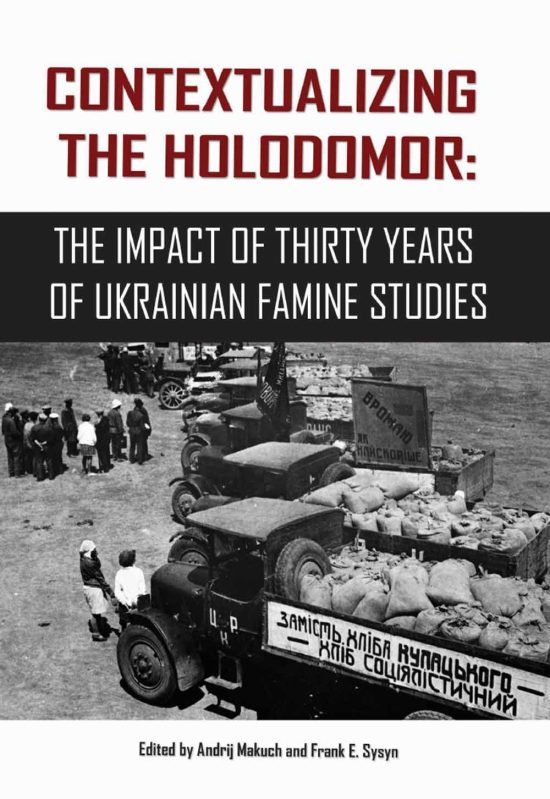
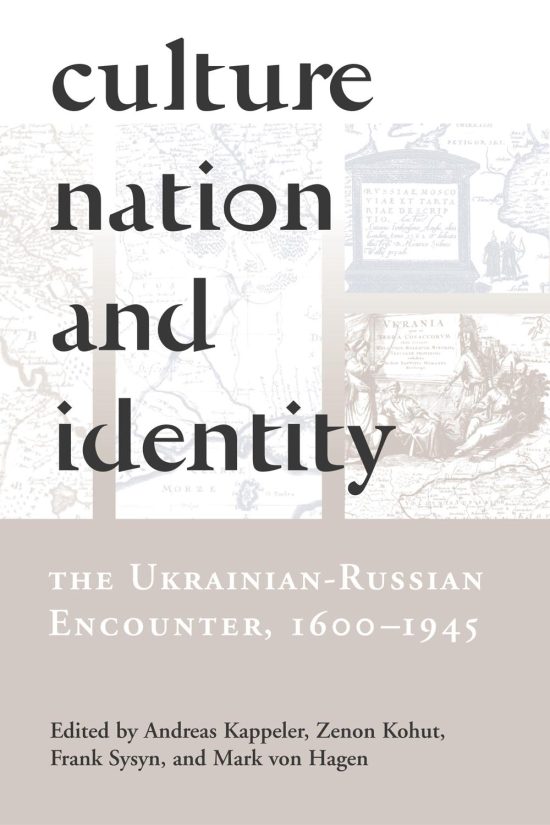


Reviews
There are no reviews yet.